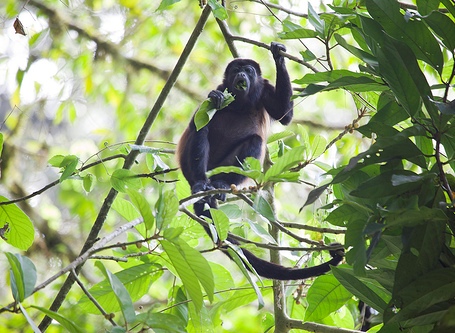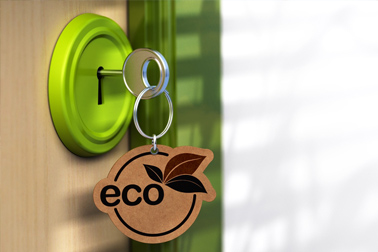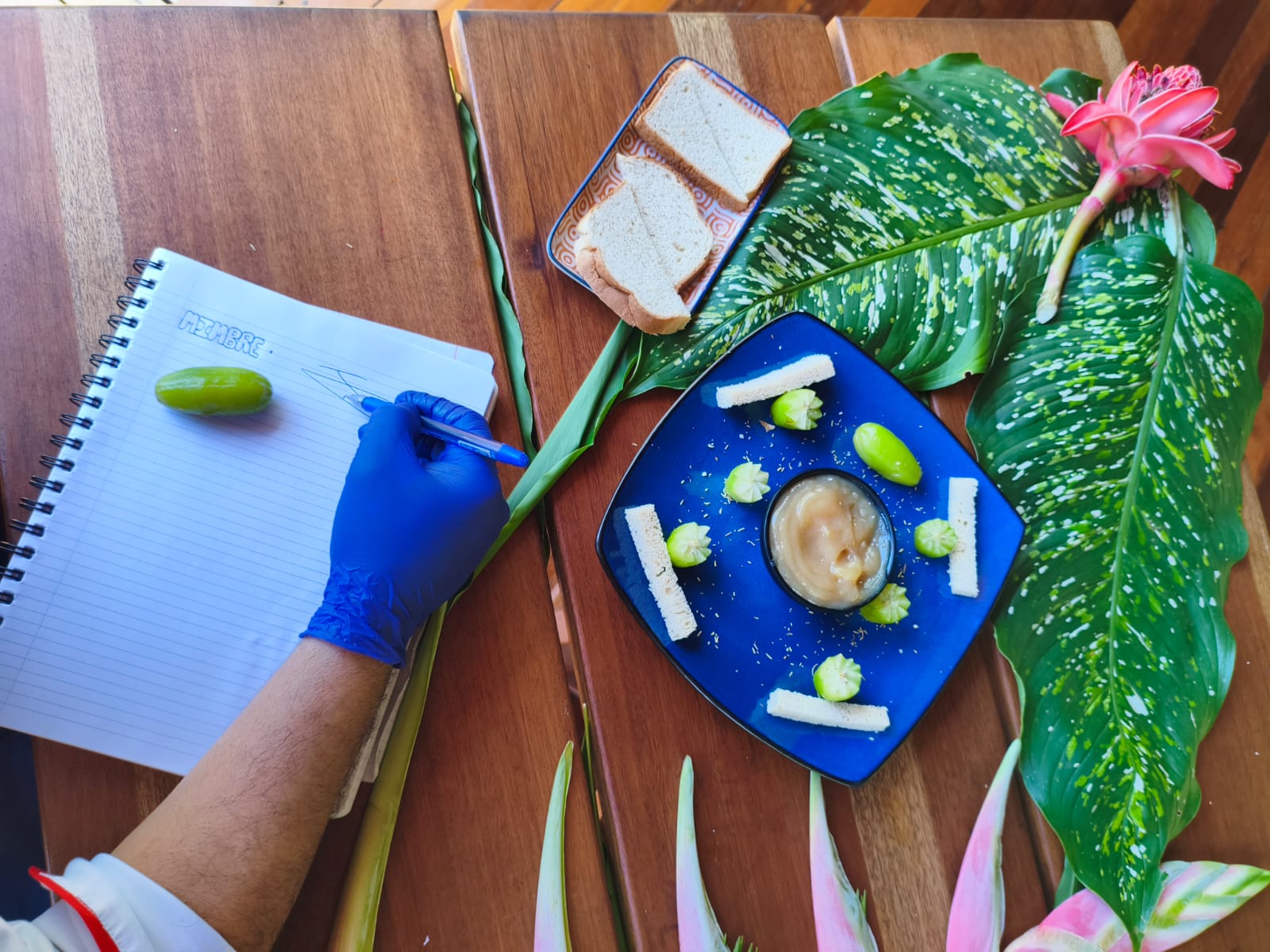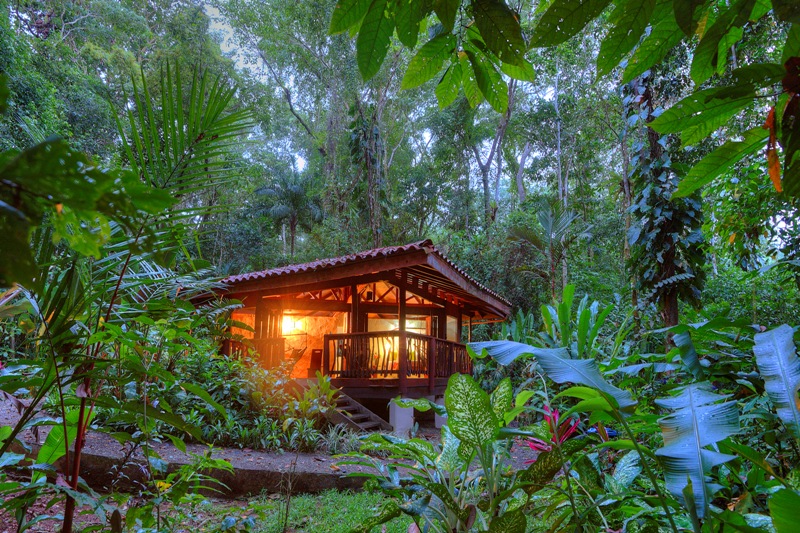
The United Nations has declared 2017 the “International Year of Sustainable Tourism Development” and this year’s World Tourism Day 2017 on Sept. 27 also promotes sustainable tourism.
But what does sustainable tourism really mean?
Costa Rica knows a thing or two about sustainability, being a world leader in pioneering eco-tourism. That’s why the UN elected Costa Rican President Luis Guillermo Solis to be a special ambassador for the International Year of Sustainable Tourism because of “Costa Rica’s unequaled commitment to sustainable development”.
For many travelers, finding lodging that follows sustainable tourism principles is a priority.
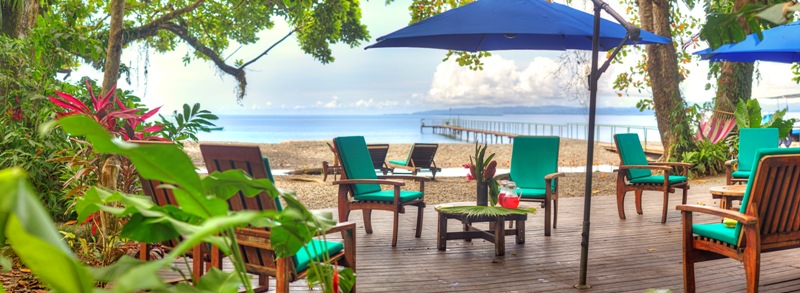
Playa Nicuesa Rainforest Lodge is one of the first sustainable tourism ecolodges in Costa Rica. Located in the spectacular southern Pacific Coast rainforest by the Osa Peninsula on the gulf of Golfo Dulce, Nicuesa Lodge is built on a 165-acre private rainforest reserve.
Nicuesa Lodge’s commitment to sustainable tourism is noteworthy:
- The eco-friendly hotel in Costa Rica holds the highest rating in the Certification for Sustainable Tourism Program (CST) by the Costa Rica Tourism Board (ICT).
- Playa Nicuesa Rainforest Lodge has been awarded the highest level of Platinum in the TripAdvisor GreenLeaders program for being eco-friendly. The GreenLeaders Program honors eco-friendly lodging for environmental practices like recycling, serving local and organic food, water and electricity conservation.
- The unique Costa Rica rainforest lodge is designed using environmentally-friendly principles. All buildings are constructed from naturally fallen or farmed trees and recycled materials using local labor. Construction stands on less than 2% of the property – the remaining 98% is a private rainforest reserve. Roof tiles on the main lodge and cabins are made of recycled plastics, including banana bags. Natural air ventilation from the mountains and the sea is used throughout all structures.
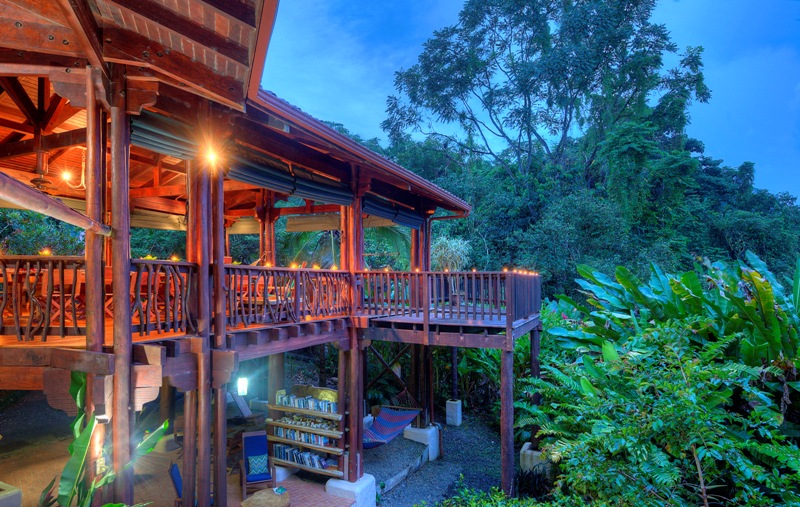
The spectacular two-story main lodge building at Playa Nicuesa Rainforest Lodge is built sustainably. - Daily operations of the lodge are as eco-friendly as possible:
- All electricity is provided by solar energy, and a back-up generator runs on recycled vegetable oil.
- On-demand hot water is powered by propane gas.
- A solar drying room dries all hotel linens and laundry.
- Gray water and black water are separated and they use organic micro-organisms to clean the septic system.
- The lodge recycles all glass, plastics, paper, aluminum, and Tetrapak containers, and composts all organics to fertilize the gardens. No artificial fertilizers, pesticides or herbicides are used on the property.
- Nicuesa Lodge provides organic-biodegradable cleaning products as well as organic-biodegradable shampoos and soaps in guest rooms and for employees.
- Energy-efficient light bulbs and appliances are used and solar lanterns light pathways at night.
- Meals served at the lodge focus on national and regional cuisine using produce grown on the property or grown as locally as possible.
- Nicuesa Lodge supports its local communities in many different ways. And a Sustainability Coordinator ensures that they honor the environment while staying dedicated to guests’ comforts.
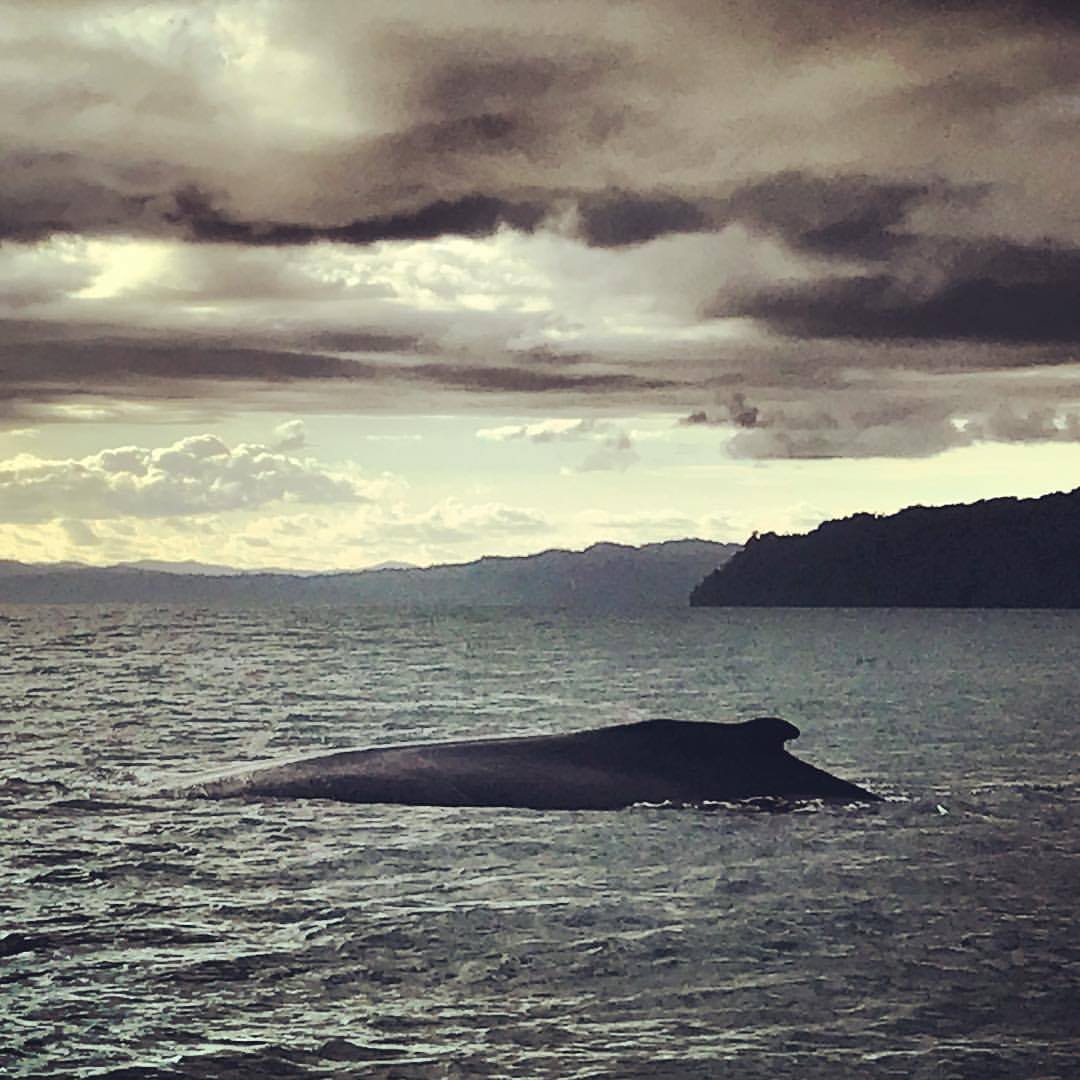
Now is the time to see Humpback Whales at Nicuesa Lodge on the gulf of Golfo Dulce, Costa Rica. - They have received the important Ecological Blue Flag Award seven years in a row for having one of Costa Rica’s cleanest beaches. The gulf of Golfo Dulce is a rare tropical fjord, one of only four in the world, and a vital habitat for marine life such as endangered humpback whales, sea turtles, and several kinds of dolphins.
- Nicuesa Lodge is dedicated to conservation and protecting wildlife. This region of southern Costa Rica is home to the world-famous Corcovado National Park and the Piedras Blancas National Park, in addition to three other private reserves surrounding the gulf of Golfo Dulce.
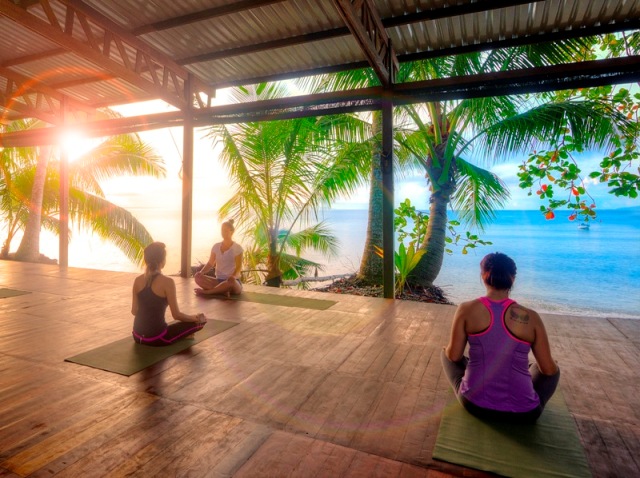
Your travel choices make a difference. And you don’t have to trade comfort to be environmentally conscious choosing to stay at an ecolodge on vacation. Playa Nicuesa Rainforest Lodge offers luxury service in an authentic, sustainable and pristine location. Don’t miss Nicuesa Lodge’s whale watching tours to see migrating humpback whales through the end of September.
Article by Shannon Farley




